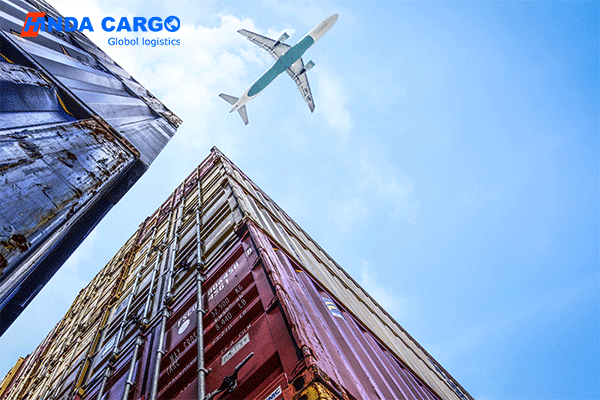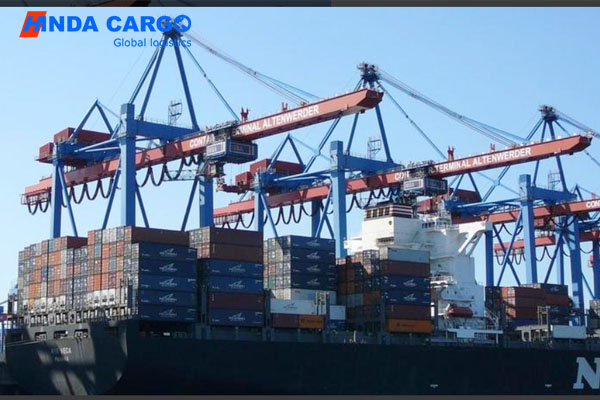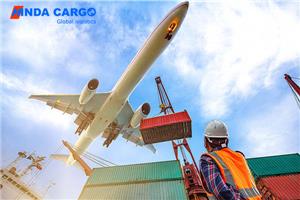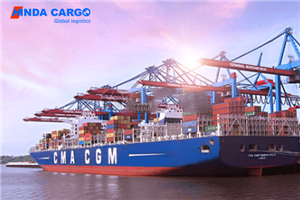Are freight bills and bills of lading the same?
In the process of cargo transportation, freight bills and bills of lading are two common documents that play an important role in managing cargo transportation. Although they have similarities in some aspects, they differ in content and function. This article will delve into the differences between freight bills and bills of lading, and their roles in cargo transportation.
Are freight bills and bills of lading the same?
Freight bills and bills of lading are two important documents used in the process of cargo transportation. Although they have similarities, they have different roles and contents in practical applications.
1. Freight bill: A freight bill is a document that records the cost of cargo transportation and related information. It is usually provided by a carrier or a transportation company to list the transportation costs of the goods, including transportation fees, additional charges, etc., as well as payment methods and terms.
2. Bill of lading: A bill of lading is a document of ownership and transportation responsibility of the goods. It records the information such as the shipper, consignee, cargo description, quantity, etc. of the goods, and carries the transfer of ownership and responsibility during the transportation of the goods.

What are the differences in the functions of freight bills and bills of lading?
There are functional differences between freight bills and bills of lading:
1. Freight bill: Freight bill is a financial document in the transportation of goods, mainly used to record the quantity, quality, weight, value and other information of the goods, and instruct the carrier on how to handle the goods. It includes information such as the loading place and destination of the goods, the responsibilities and obligations of the carrier.
2. Bill of lading: The bill of lading is a document proving the ownership and transportation responsibility of the goods, mainly used to prove the transfer of ownership and transportation responsibility of the goods. The bill of lading is issued by the carrier to the consignor or consignee, indicating the place of receipt and delivery, quantity, quality and other information of the goods, as well as the agreed transportation conditions and payment methods.
What information does the freight bill include?
A freight bill is a financial document in the process of goods transportation, which describes the transportation and settlement information of the goods in detail. Its main contents include the name, quantity, value, packaging method, transportation route and payment method of the goods. First, the freight bill records the basic information of the goods, including the name, quantity and quality of the goods, as well as the packaging method and special requirements of the goods.
Secondly, the freight bill also includes the transportation route and transportation method of the goods, as well as the loading and unloading location of the goods. Finally, the freight bill also records the freight, insurance and other expenses of the goods, as well as the payment method and payment terms. The freight bill is an important document in the transportation of goods, which is used to record and manage the transportation and settlement information of the goods to ensure the safe and effective transportation of the goods.
What is the role of the bill of lading in the transportation of goods?
The bill of lading is an important document in the transportation of goods, carrying the rights and obligations between the shipper and the consignee. First of all, the bill of lading is a certificate of the goods, proving the ownership and transportation conditions of the goods. It records information such as the quantity, quality, packaging and transportation method of the goods, and is the carrier's commitment and guarantee for the transportation of goods.
Secondly, the bill of lading is a certificate of the handover of goods, which is used to confirm the loading and unloading of the goods, and records information such as the time and place of the handover of the goods. Finally, the bill of lading is also a settlement voucher in the transportation of goods, which is used to settle expenses such as freight and insurance premiums to ensure that the transportation process of the goods is legal, safe and smooth.

How to use freight bills and bills of lading correctly?
The correct use of freight bills and bills of lading can ensure the smooth progress of the cargo transportation process:
1. Use of freight bills: When determining the cost of cargo transportation, the information such as transportation costs and additional charges on the freight bill should be carefully checked to ensure that it is consistent with the agreement in the transportation contract. When making payments, payment should be made in accordance with the instructions on the freight bill and the payment voucher should be properly kept.
2. Use of bills of lading: Before the goods are shipped, the description, quantity, and place of shipment and receipt on the bill of lading should be ensured to be accurate. After the goods arrive at the destination, the consignee should promptly provide the carrier with a valid bill of lading to collect the goods and sign the bill of lading to confirm receipt.
Summary
Although freight bills and bills of lading have similarities in some aspects, their roles and functions in cargo transportation are different. Correct understanding and use of these two documents can ensure the smooth progress of the cargo transportation process and reduce problems caused by inaccurate or incomplete information.
Therefore, in cargo transportation, both carriers and cargo owners should pay attention to the correct use and management of freight bills and bills of lading to ensure the safe transportation and smooth delivery of goods.




